Idea by
Isabelle Daëron
Studio Idaë
Call for ideas 2020
Aero-Seine
Aero-Seine

- Site-specific cases
Dense cities, with many impervious surfaces, and non vegetated, will be more and more faced with the heat island effect.
In Paris, for instance, the daily average temperatures are already around 2 to 3 degrees Celsius higher than the rest of the region.
This could reach up to 10°C in the summer in the next few years…
Therefore we could use grey waters, non-drinkable waters to cool the air in cities.
For example, by the 19th century, Paris had set up a network for non-drinkable water to be used for watering public gardens and cleaning the streets. This system draws water from the main river, Seine. The water then goes to three water plants where it is just filtered no treated chemically. What is interesting with this water system is that it enables to provide a cheaper and less energy consuming than drinkable water.
From this context, we designed a cooling point for public spaces that cools the ambient air thanks to evaporation of water on a porous material.

Aero-Seine, Blanchard Street, Paris 20e, France. Photo credits: Pierre L'excellent / Pavillon de l'Arsenal
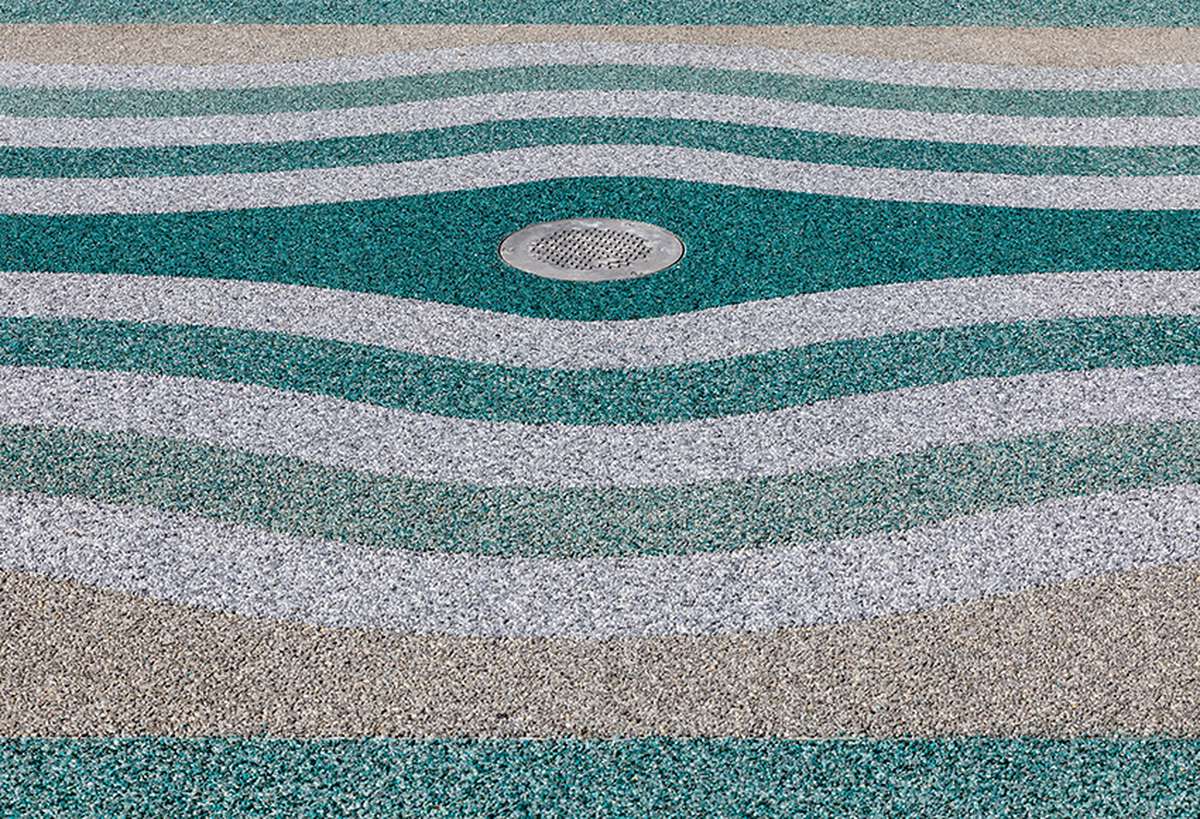
Aero-Seine, detail, Blanchard Street, Paris 20e, France. Photo credits: Pierre L'excellent / Pavillon de l'Arsenal
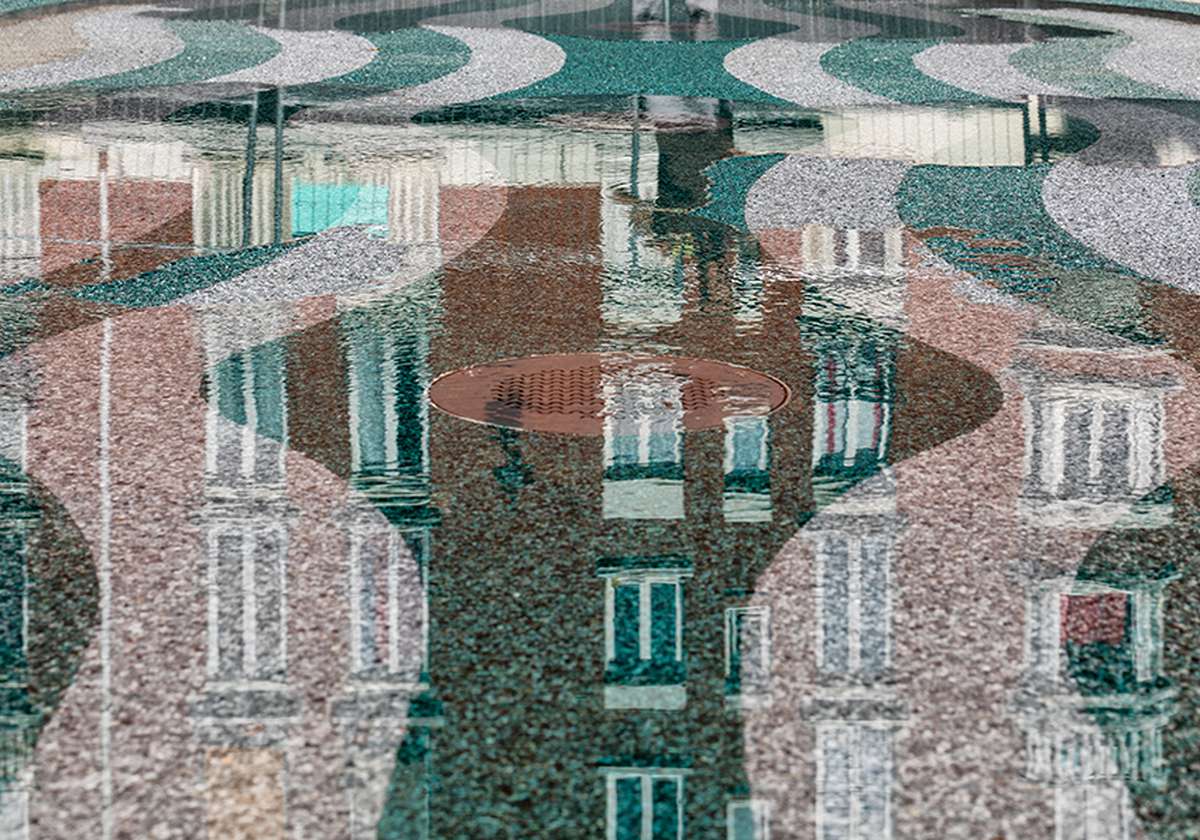
Aero-Seine, detail, Blanchard Street, Paris 20e, France. Photo credits: Pierre L'excellent / Pavillon de l'Arsenal

Aero-Seine, how it works.

Temperature measure in Blanchard Street, Paris 20e, France.
Aero-Seine
Aero-Seine

- Site-specific cases
Dense cities, with many impervious surfaces, and non vegetated, will be more and more faced with the heat island effect.
In Paris, for instance, the daily average temperatures are already around 2 to 3 degrees Celsius higher than the rest of the region.
This could reach up to 10°C in the summer in the next few years…
Therefore we could use grey waters, non-drinkable waters to cool the air in cities.
For example, by the 19th century, Paris had set up a network for non-drinkable water to be used for watering public gardens and cleaning the streets. This system draws water from the main river, Seine. The water then goes to three water plants where it is just filtered no treated chemically. What is interesting with this water system is that it enables to provide a cheaper and less energy consuming than drinkable water.
From this context, we designed a cooling point for public spaces that cools the ambient air thanks to evaporation of water on a porous material.
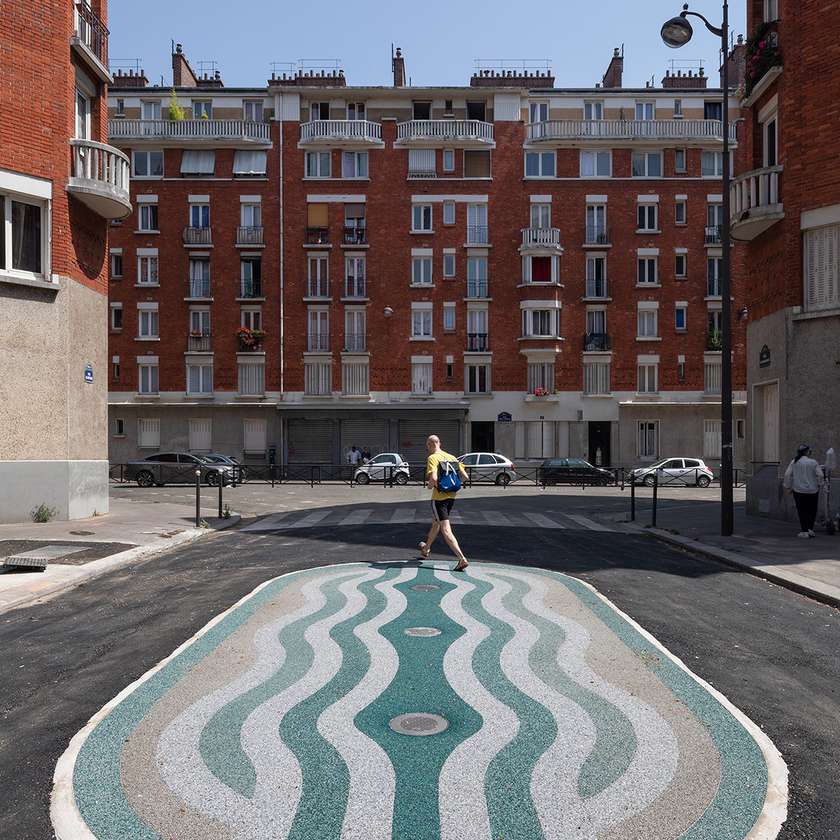
Aero-Seine, Blanchard Street, Paris 20e, France. Photo credits: Pierre L'excellent / Pavillon de l'Arsenal
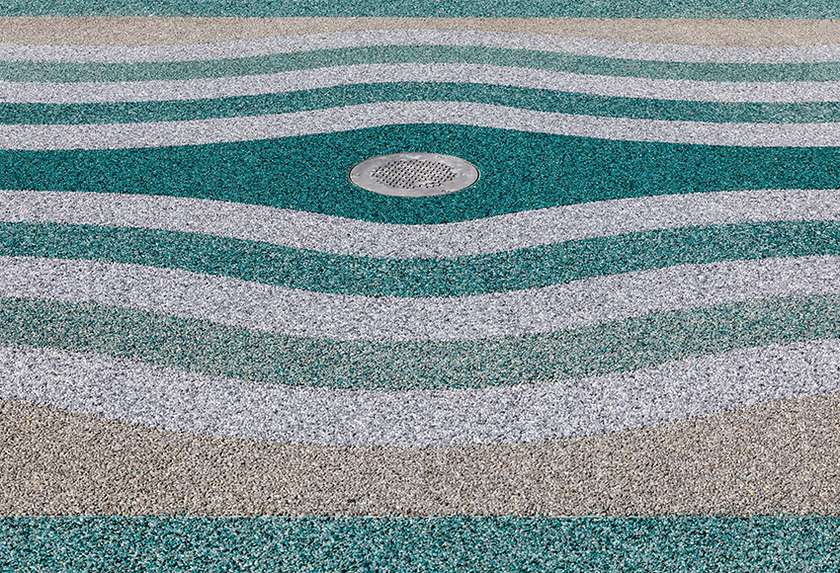
Aero-Seine, detail, Blanchard Street, Paris 20e, France. Photo credits: Pierre L'excellent / Pavillon de l'Arsenal

Aero-Seine, detail, Blanchard Street, Paris 20e, France. Photo credits: Pierre L'excellent / Pavillon de l'Arsenal
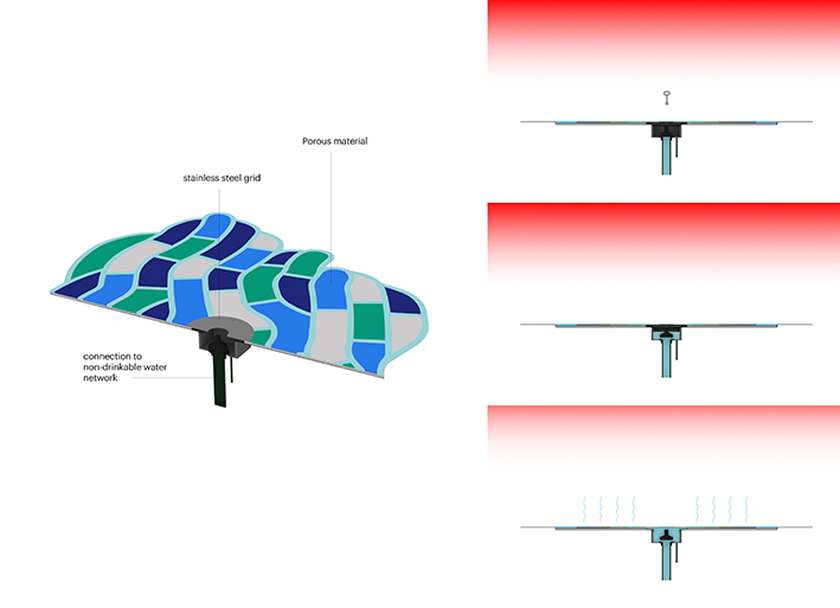
Aero-Seine, how it works.
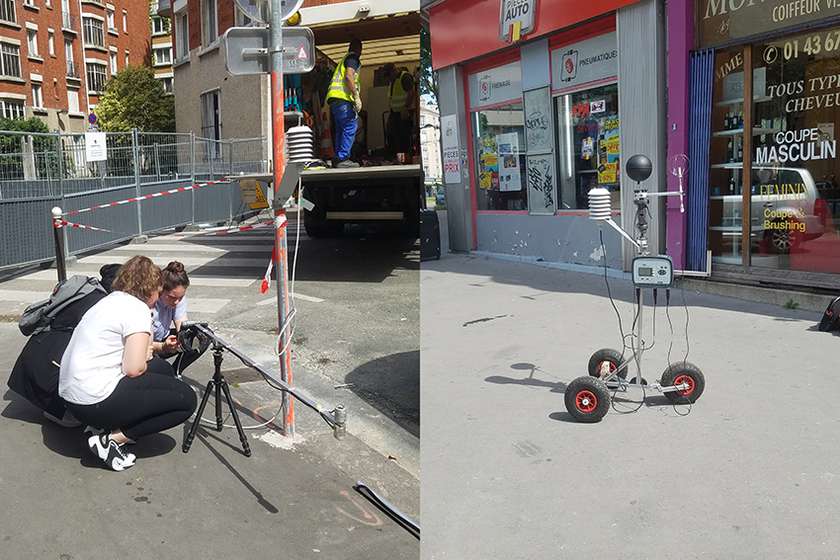
Temperature measure in Blanchard Street, Paris 20e, France.